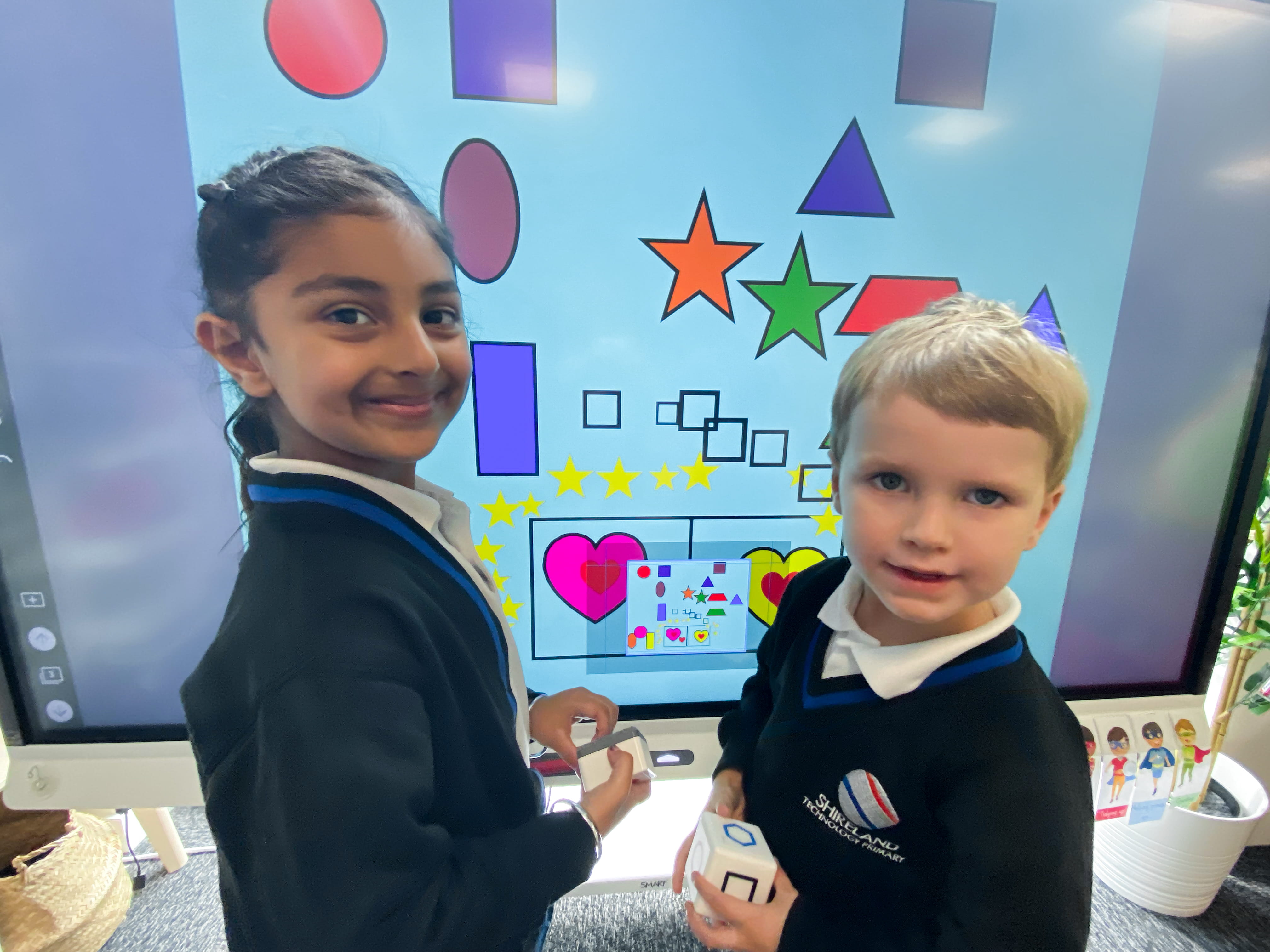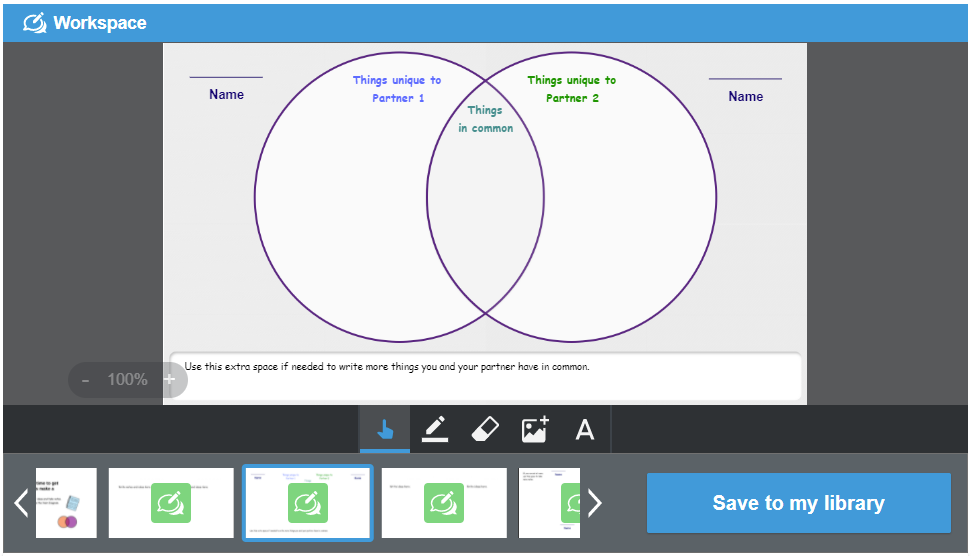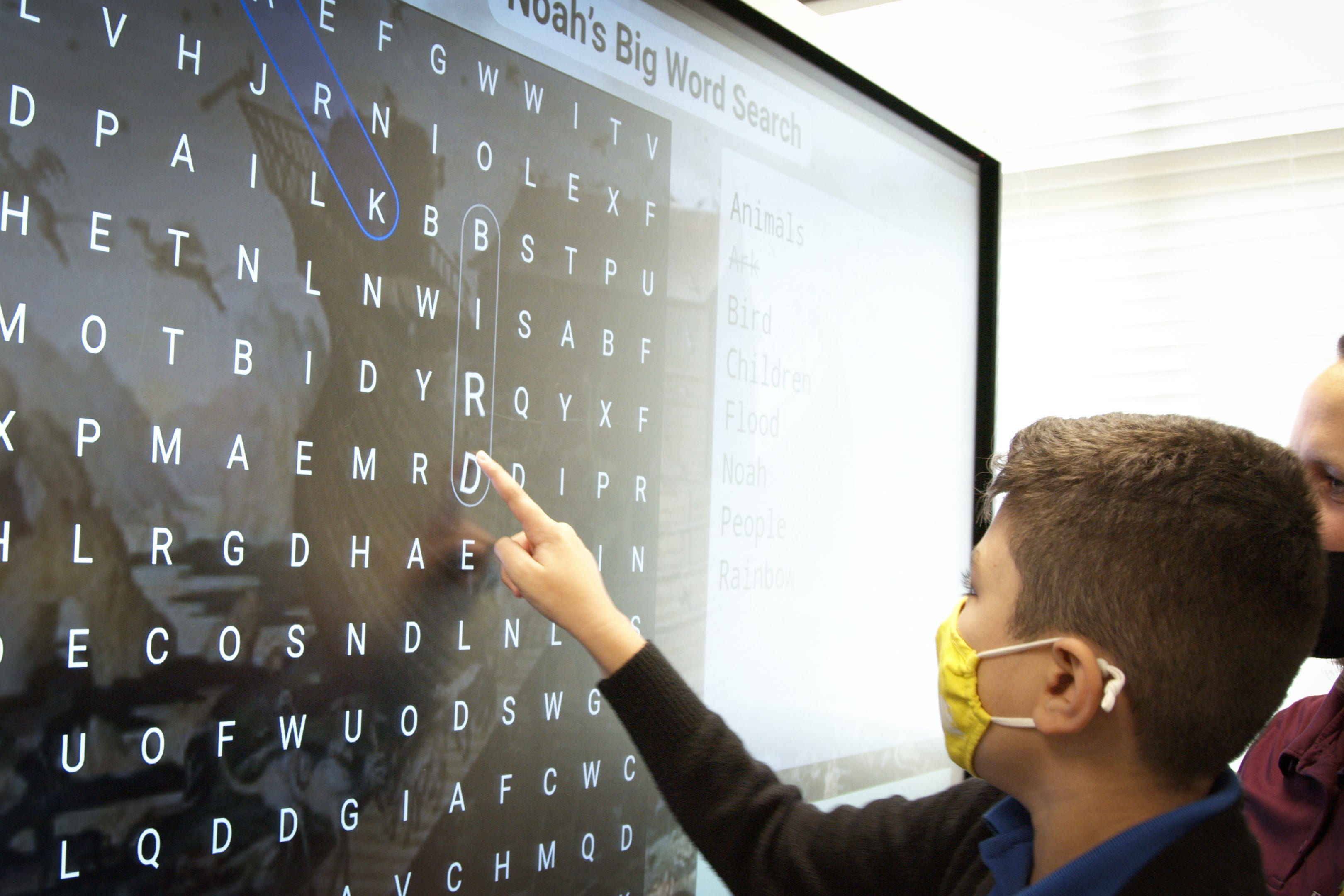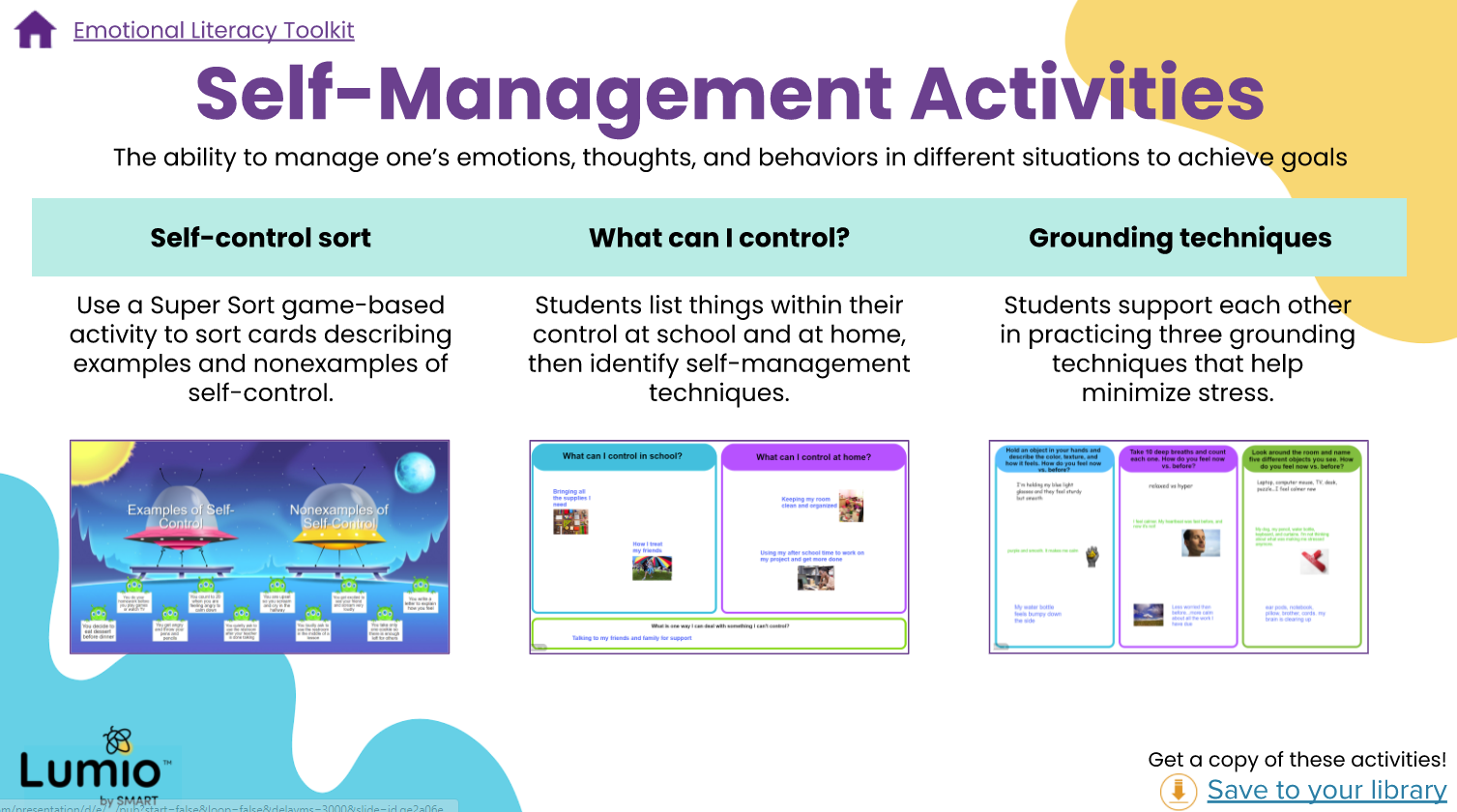As both education and the world of work evolve, the importance of supporting students holistically - including both academics and social-emotional needs - is vital. But when we talk about SEL, what does that really mean, and what role can, or should, technology play in it?
Defining and Discussing SEL
In order for students to thrive in both today’s turbulent world, as well as be effectively prepared for their future, the development of skills that help all of us live, work, and learn together is critical. SEL is and has been defined in a variety of ways. What skills we’re talking about, and how to measure them is debated, and can certainly be a hot button topic in some places. Generally, SEL is used as an umbrella term to talk about skills including behavior management and emotional regulation, relationships, and collaboration. Each of these areas has a specific skill areas within them, such as empathy, creativity, and assertiveness. There are lots of different frameworks for defining SEL, and many skills related - Harvard’s EASEL Lab offers great options for exploring some of these here. No matter which framework or definitions you use, social-emotional skills create the foundations for students’ relationships, wellbeing, AND academic outcomes.
The OECD’s recent study on the development of social and emotional skills explored skill development and the impact that this has on life outcomes, as well as looked to simplify some of the complex interactions between these skills and factors like family, peers, community. Findings from this international study provide a ton of insight for everyone connected to education - including clear data showing that a student’s sense of belonging at school and their relationships with their teacher is directly and positively correlated with the development of both social-emotional and academic skills. This won’t be a shock to teachers, who have always known that relationships form the foundation of any classroom.
With that in mind, have you ever felt like you don’t have the tools, capacity, time to teach SEL? If so, you’re not alone. For a huge variety of reasons, many teachers feel that way. Successfully supporting the development of social-emotional skills and student wellness in the classroom can be totally daunting - but it doesn't have to be. Integrating SEL skills and wellbeing support across subjects and connecting it to curriculum means that it not only supports students holistically but also it doesn't have to feel like ‘one more thing’ that you need to do as a teacher. Most teachers are already supporting the development of these skills every day - and with tools and tech to support the impact can be even more powerful.
Using Technology to Support SEL
Integrated technology can be a meaningful way to teach and develop both SEL skills and support student wellness in the classroom. Whether these tools are structured lessons and activities, or accessible, simple ways for students to engage with their learning and share their voice, there are lots of ways to encourage and support wellbeing using edtech.
Offering students choice in how they respond, learn, and show their learning is a key way to develop a variety of their skills. Research shows us that when students have a sense of agency in their learning they engage better with their academics, but are also developing their own sense of self, building trust, and fostering their creativity. This can be done through choice boards or using digital workspaces that give them a variety of options for sharing and engaging with information, among other options. Students develop and showcase their media and information literacy by choosing what to include and thinking critically about their sources.
A great example of this is using graphic organizer templates in Lumio to organize their thoughts - such as a Venn Diagram to compare and contrast themselves with a character in a novel, or two people or places in time. They can bring in text, drawings, images, or videos and place them in their diagram to show what’s the same and what’s different based on their thoughts and reflections. Students can share their diagrams with the class or a small group to talk through their thinking to inspire new ideas and classroom conversation.
Further, enabling different ways of learning through technology supports relational and collaborative skills - navigating learning in small groups using digital collaborative spaces (such as a Collaborative Workspace in Lumio)CTM Divine Savior 3 and/or with physical hardware that allows for active collaboration (such as whiteboarding on a SMART interactive display) gives students the opportunity to develop and use these skills, which for some students will include leadership. Building relationships through game-based activities can also support students in building their sense of team and community while allowing them to showcase and build both their topic knowledge and social awareness.
Some of the more direct ways of teaching SEL skills are through directed activities on topics like empathy and emotions. Approached as individual or group options, students learn and reinforce the language that they need to effectively communicate with others, to build relationships, and to communicate their needs both in and outside of school.
Recently, Kris and I had the opportunity to sit down with the team at Gluu - who are committed to supporting wellbeing in classrooms.
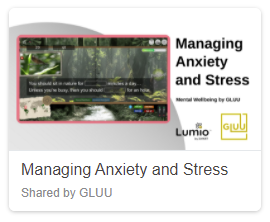
SMART and Gluu have worked closely together to develop amazing, FREE resources that support SEL and wellbeing, and are simple to integrate into the classroom. There’s a full library of these lessons and activities available right here. Lumio also has an additional library of activities and resources focused on emotional literacy, as well as an emotional literacy toolkit.
Listen to Episode 7 of the EdShift Podcast to dive in deeper with us and the team from Gluu and why and how they support wellbeing in classrooms, and why it’s so important.

